After the Credits is a space to sit with a film a little longer, after the credits roll. I write about the movies we watch and the social issues they uncover — so expect spoilers ahead. I’m an independent writer, so if you enjoy the read and value the labour that goes into it, consider supporting it by liking or sharing this post. You can also manage your subscription, buy me a coffee or explore my other work on Mistral In Print.
Thank you for reading and supporting my writing — it truly means a lot.
Inside Out already raised questions about personal identity, such as what makes a person unique, how much control one has over emotions, and how actions define us. However, in the first movie, personal identity was a secondary theme, with the main focus being on self-acceptance — embracing both happiness and sadness and understanding that good cannot exist without experiencing the bad.
Inside Out 2 takes a significant turn, evolving from a children's movie about self-acceptance and coping with change to a profound exploration of what constitutes our Sense of Self. The film has matured with its audience, earning its status as the top-grossing film of 2024 and the first movie since Barbie to join the billion-dollar club. Inside Out 2 resonated with me, particularly through its depiction of Anxiety and a more self-aware version of Joy. I believe the movie deserves philosophical consideration for its insightful addendum.
Locke: From Soul to Consciousness
Many puzzles challenge the concept of identity. Is identity a conceivable concept? If so, what defines it? One famous paradox that illustrates this question is the “Ship of Theseus,” a ship whose parts were gradually replaced as they wore down. The result was an identical ship composed of none of the original parts. Is it still the same ship? If all the original parts are replaced, does it remain the same object?
Similarly, Riley evolves between the two movies; her personality shifts slightly. She becomes less playful, less secure, more emotional, and she changes her hair—all part of growing up. Yet, she remains Riley.
Each of us feels a sense of continuity in our identity. Even if I move to another country, learn a new sport, speak a new language, or grow old, I am still me. This sense of permanence leads most people to believe that there is something uniquely characteristic about each of us that constitutes our personal identity, whatever form that might take.
A view on personal identity is one about what it means for someone to remain the same person over time. Unlike most Platonic views, which linked the concept of "self" to the soul, Locke was the first to associate the self with consciousness — what makes a person the same over time is its continuous experience of self-awareness and memory. He argued that the self is essentially a thinking, continuous being. As long as an individual maintains the same consciousness, they remain the same person, regardless of changes in their physical body.
“For since consciousness always accompanies thinking, and ’tis that, that makes every one to be, what he calls self; and thereby distinguishes himself from all other thinking things, in this alone consists personal identity, i.e. the sameness of a rational being: And as far as this consciousness can be extended backwards to any past Action or Thought, so far reaches the Identity of that Person ...” (An Essay Concerning Human Understanding, §9)
This perspective shifts the focus from a metaphysical essence (the soul) to a more complex psychological criterion (consciousness and memory).
In its way, this idea is depicted in Inside Out 2 through two new elements: the Belief System and the Sense of Self. The Belief System takes the form of a pool, located in the lowest parts of Riley's mind, where core memories "sink in" and create "threads" of personality. Collectively, these memories form beliefs and create Riley's Sense of Self.
Parfit and Psychological Connectedness
Since Locke links personal identity so closely to consciousness, problems for his view arise whenever there are interruptions of consciousness, i.e. when we forget things, when we remember them incorrectly, or when our memories are influenced by our biases. Our self seems to be non-linear and confused than Locke described.
Instead, Parfit argued that personal identity does not persist over time as a singular entity. He suggests our idea of self is better understood through psychological connectedness with our past selves.
Imagine your life as a piece of chainmail, where each link represents a moment in time. These links intersect to form the mesh of your personal identity. As time passes, new links are added, while older ones, farther back in your past, gradually lose their connection and drop off. Parfit would suggest that while Riley is not the same person she was in elementary school and won't be the same person when she grows old, parts of her will endure through time due to this psychological connectedness.
In fact, Riley's memories can fade, be maintained and even be restored. Core Memory islands, like Hockey or Friendship Island, are restored. Family Island is shrunk, but still persistent. And new Islands, like Fashion Island, are added to form new significant personality traits.
Our psychological continuity involves overlapping chains of strong psychological connectedness, which include connections to beliefs, desires, intentions, and memories. This can accommodate scenarios where significant changes in beliefs occur without necessarily disrupting the overall continuity of the self, as long as other psychological connections remain strong.
Moral implications and why all this is important
The movie also touches on the moral dimension of personal identity. As Parfit puts it, personal identity is only a convention, it holds moral significance because our actions and decisions stem from it.
Joy notes that Riley's Sense of Self is "what helps [her] make good choices." To protect this, Joy ensures that only positive core memories enter Riley's Belief System, guiding her to make what Joy believes are the right decisions. However, by discarding Riley's mistakes and negative experiences, Joy inadvertently weakens Riley's Sense of Self, making it vulnerable to Anxiety’s influence.
When Joy finally allows all of Riley's memories, including the difficult ones, to integrate into her Belief System, Riley's Sense of Self becomes more complex, authentic, and resilient. This richer, more "psychologically connected" Self aligns better with her overall memories and beliefs, ultimately making her more herself. By the end of the movie, Riley has embraced all aspects of her identity—the good, the bad, and the ugly.
Riley changes her Sense of Self three times throughout the movie, which occasionally leads her to make decisions that could seem "out of character". However, this does not bring the viewer to believe that she has become a different person, but rather a different (better or worse) version of herself. This explanation also holds her accountable for her actions, as seen when she apologizes to Bea and Gia for her 'Anxiety-induced' behaviour.
In the final scene, Riley begins to take control of her own life. A stream of light forms between Joy and the mind console, symbolizing Riley’s conscious desire to embrace joy. She achieves acceptance and awareness of her new Sense of Self, regaining harmony with her emotions.
Conclusions
There is, of course, no consensus on the best view of personal identity. However, watching Inside Out 2 with these theories in mind made me appreciate the movie's carefully crafted scenario even more.
In case you were still wondering, the movie does not offer a crystal-clear portrayal of a philosophical view of personal identity. It is a Pixar animated film, not a doctoral thesis. But considering its intended audience, it is a masterpiece that makes one of the most difficult concepts in philosophy—the self—intelligible. It manages to explain incredibly abstract philosophical issues in a clear and entertaining way.
It is also worth noting that Riley's entire identity crisis is resolved over just three days in the movie’s timeline. Naturally, it does not take that short a time to achieve self-acceptance, let alone figure out who we are. But the film does offer a strong depiction of what puberty and young adulthood are usually about. More important than simply finding oneself is the process of accepting oneself as we are and creating a Belief System so strong that no internal or external factors can control or destroy it. Ultimately, it is all up to us.




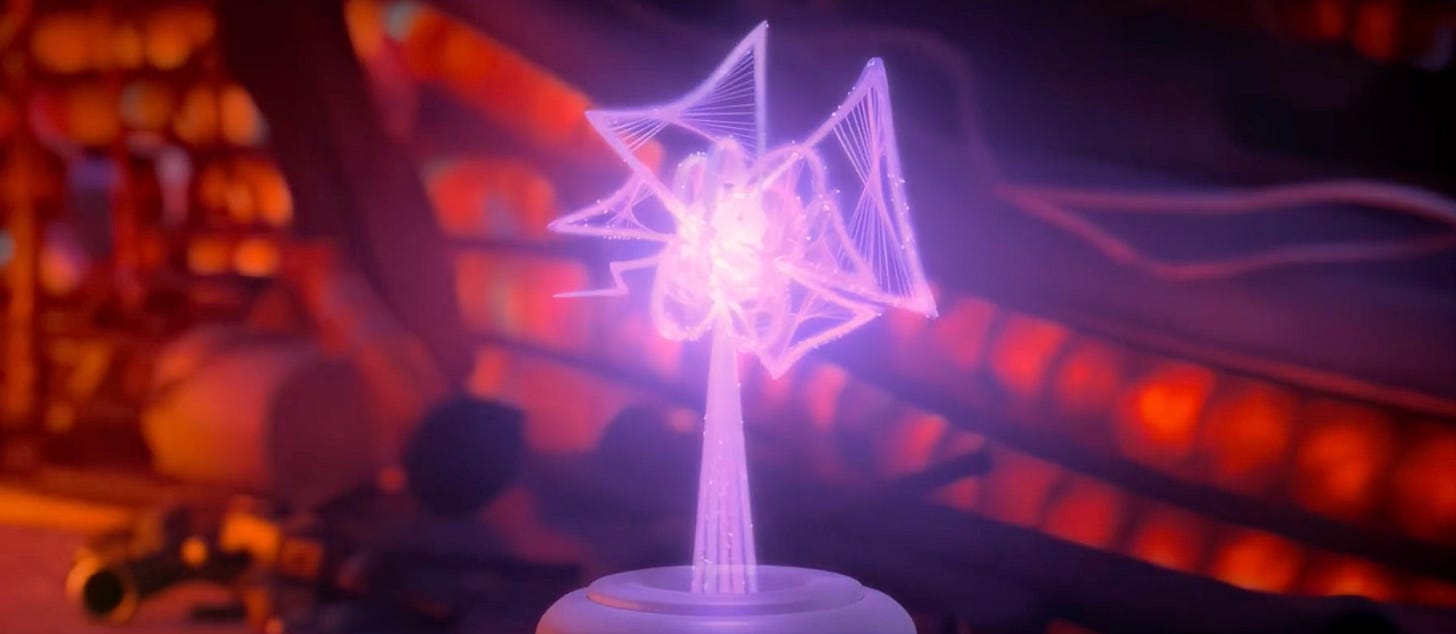
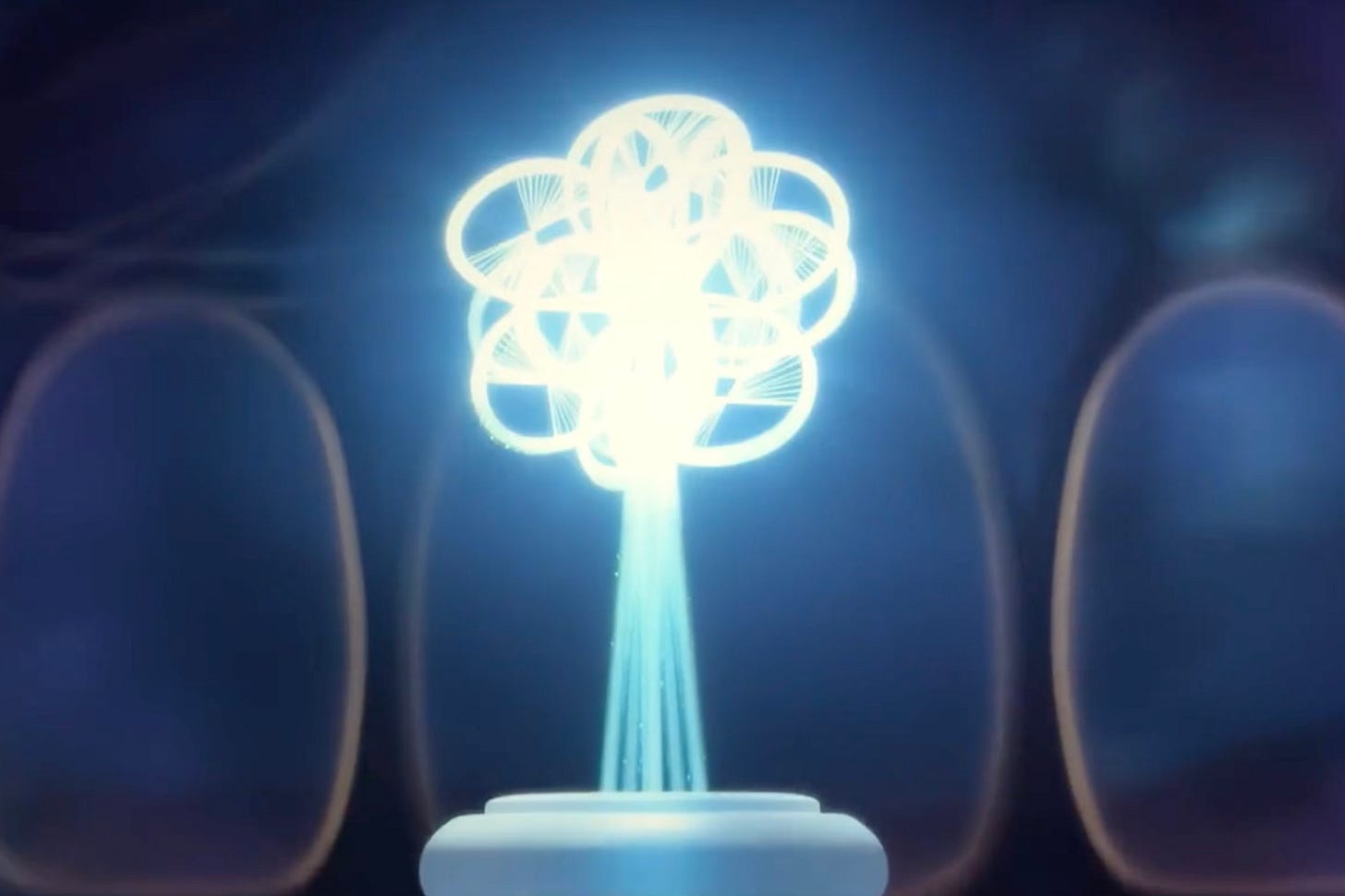
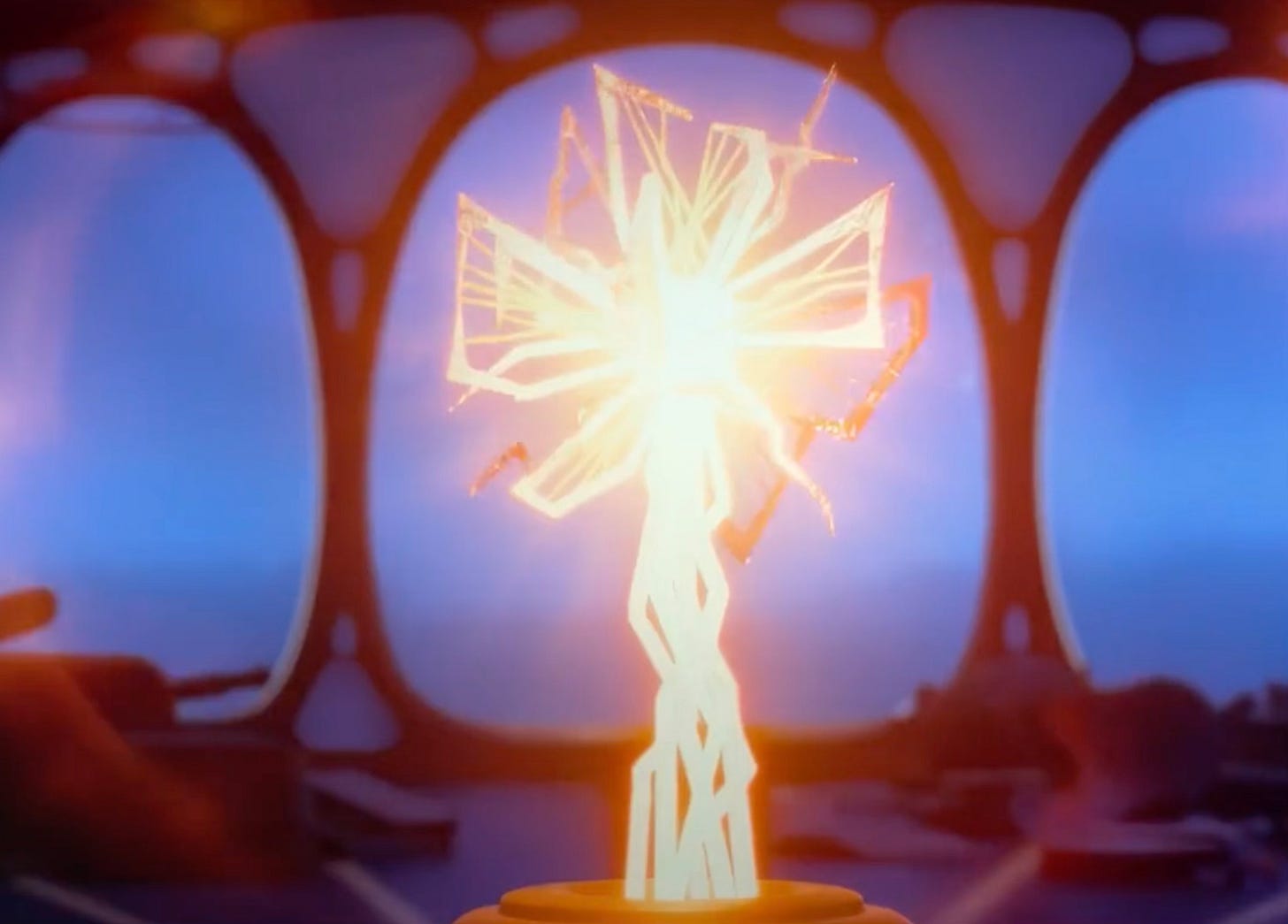
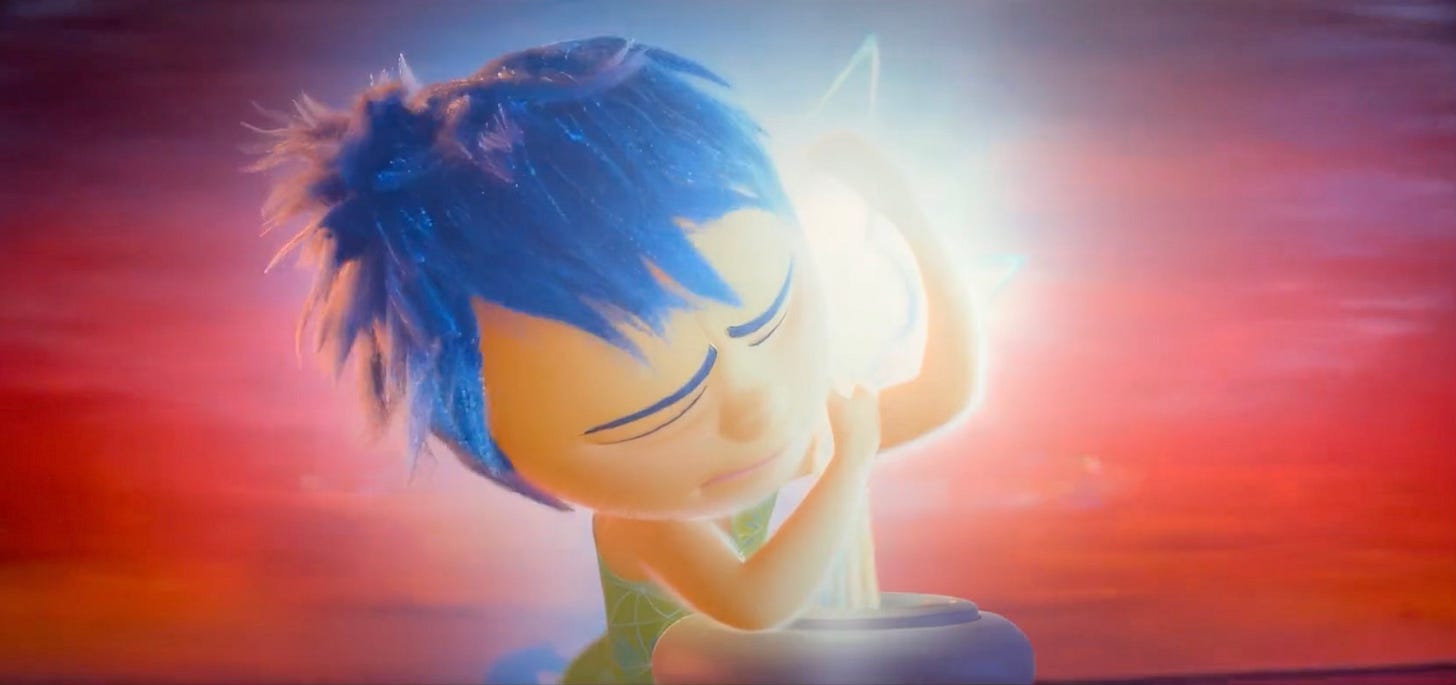
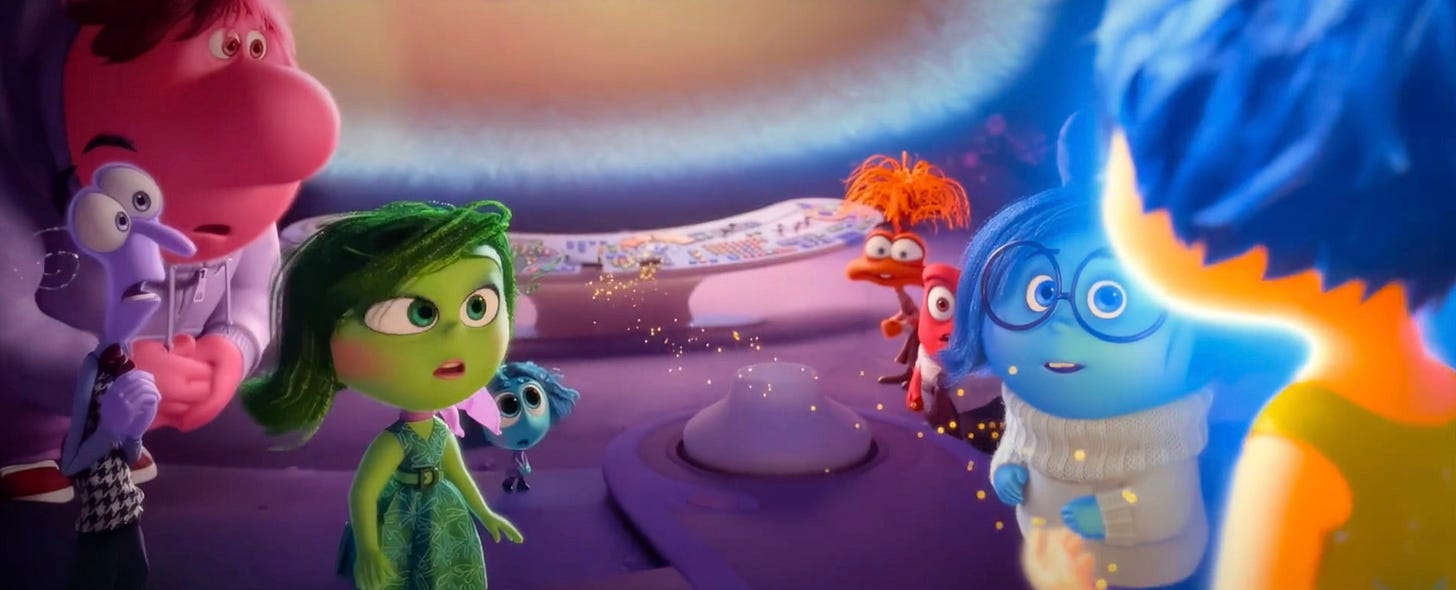
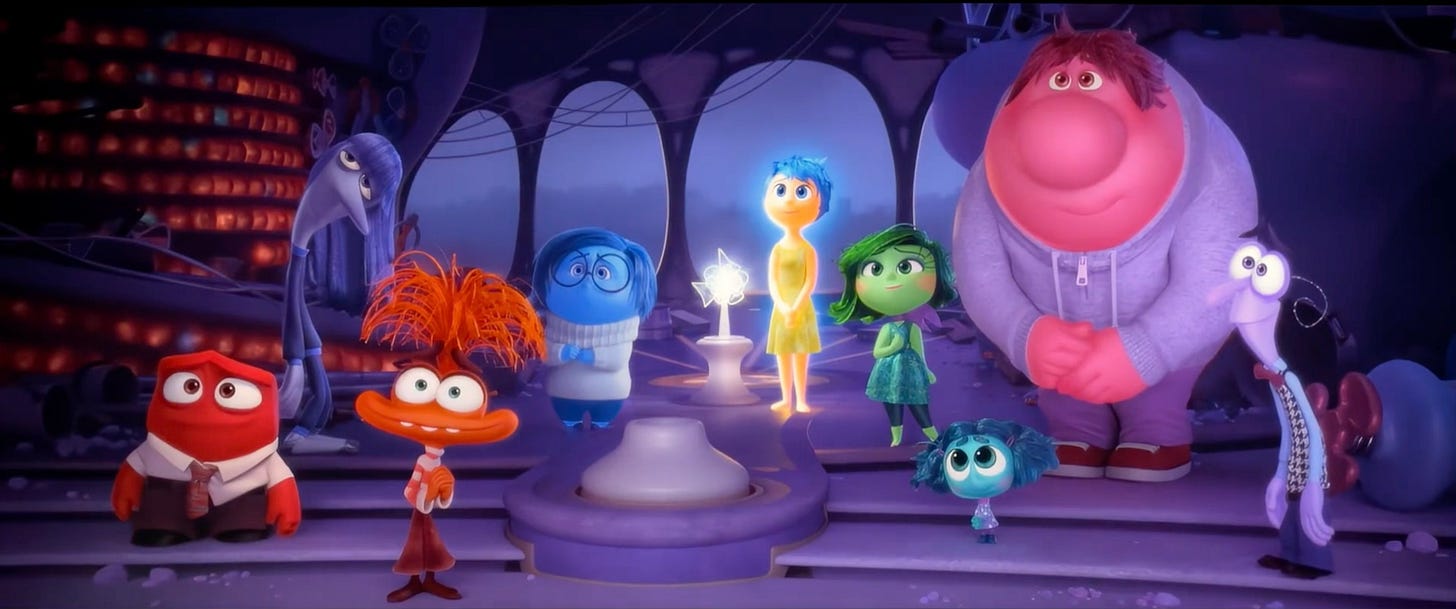
Excellent work, intelligent reflection and capturing narrative. I enjoyed reading it ! Thank you